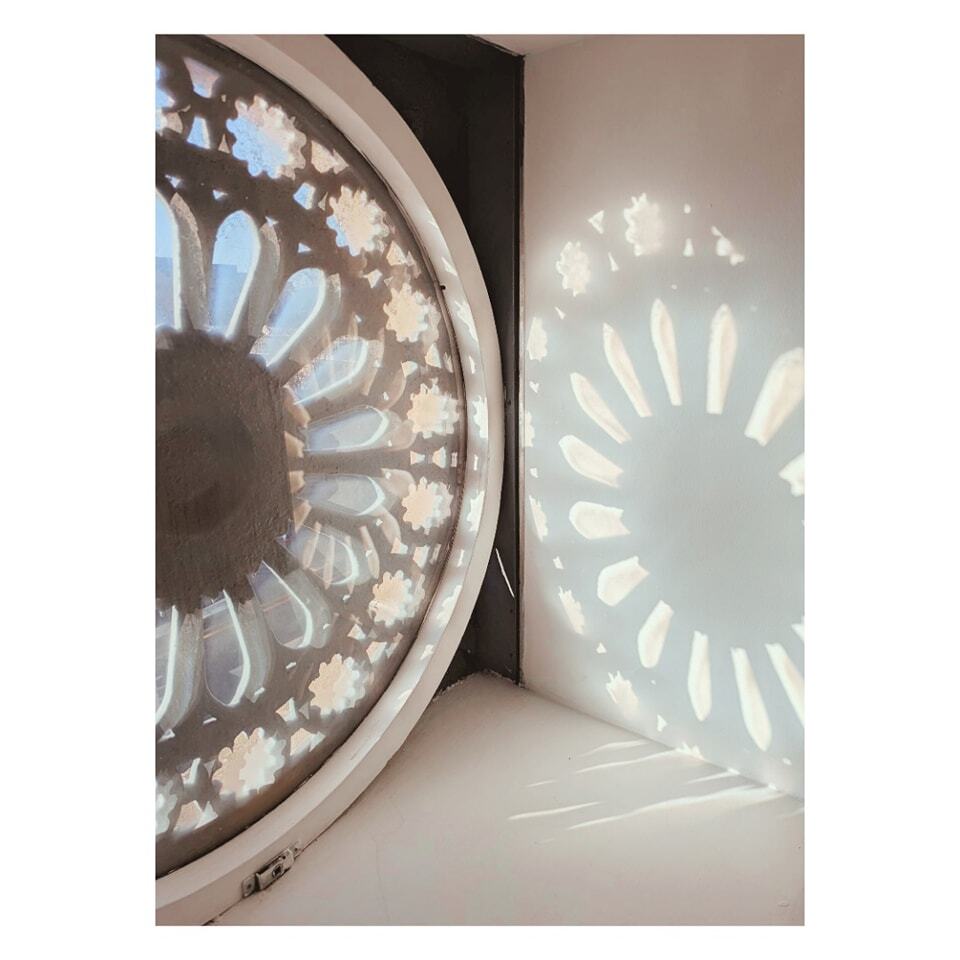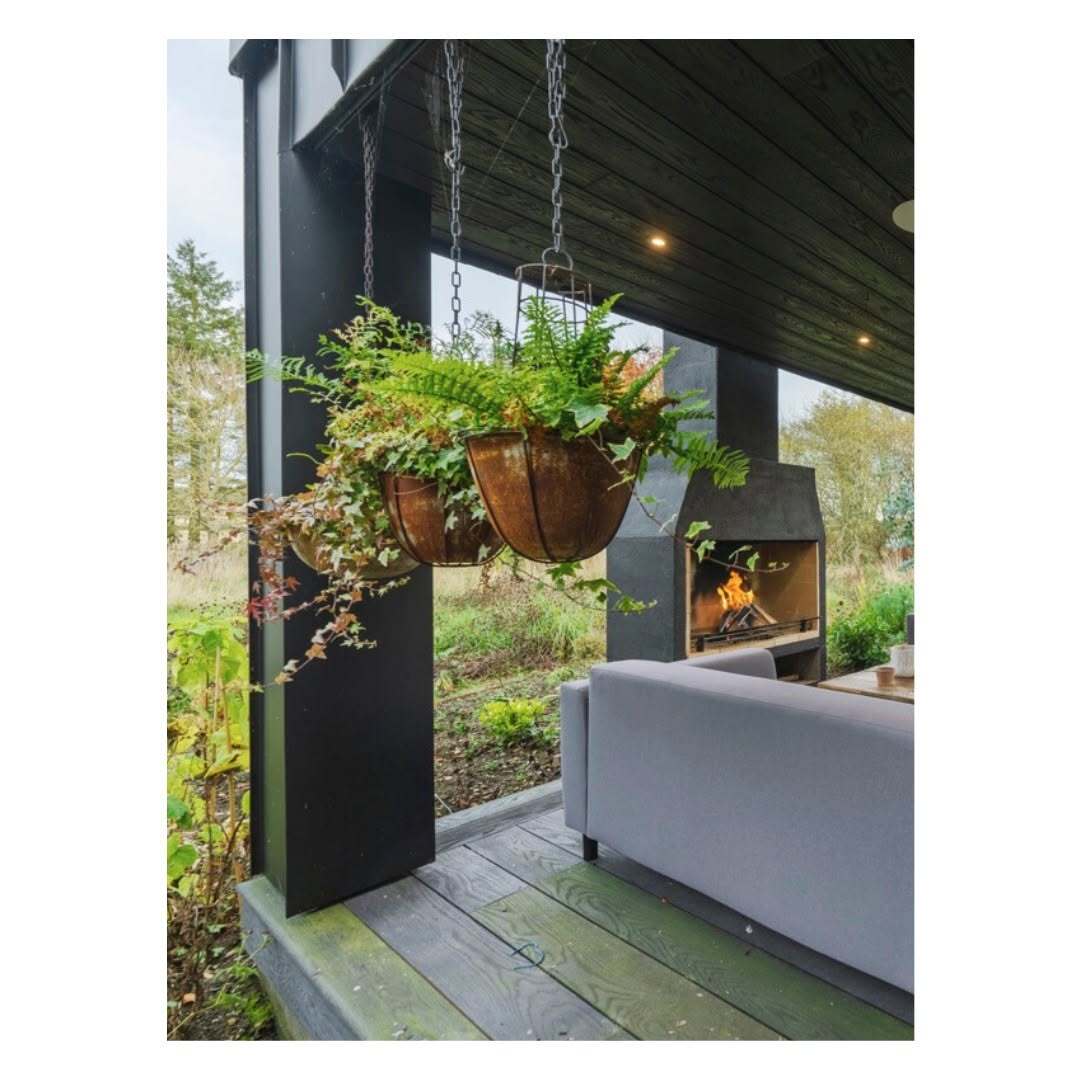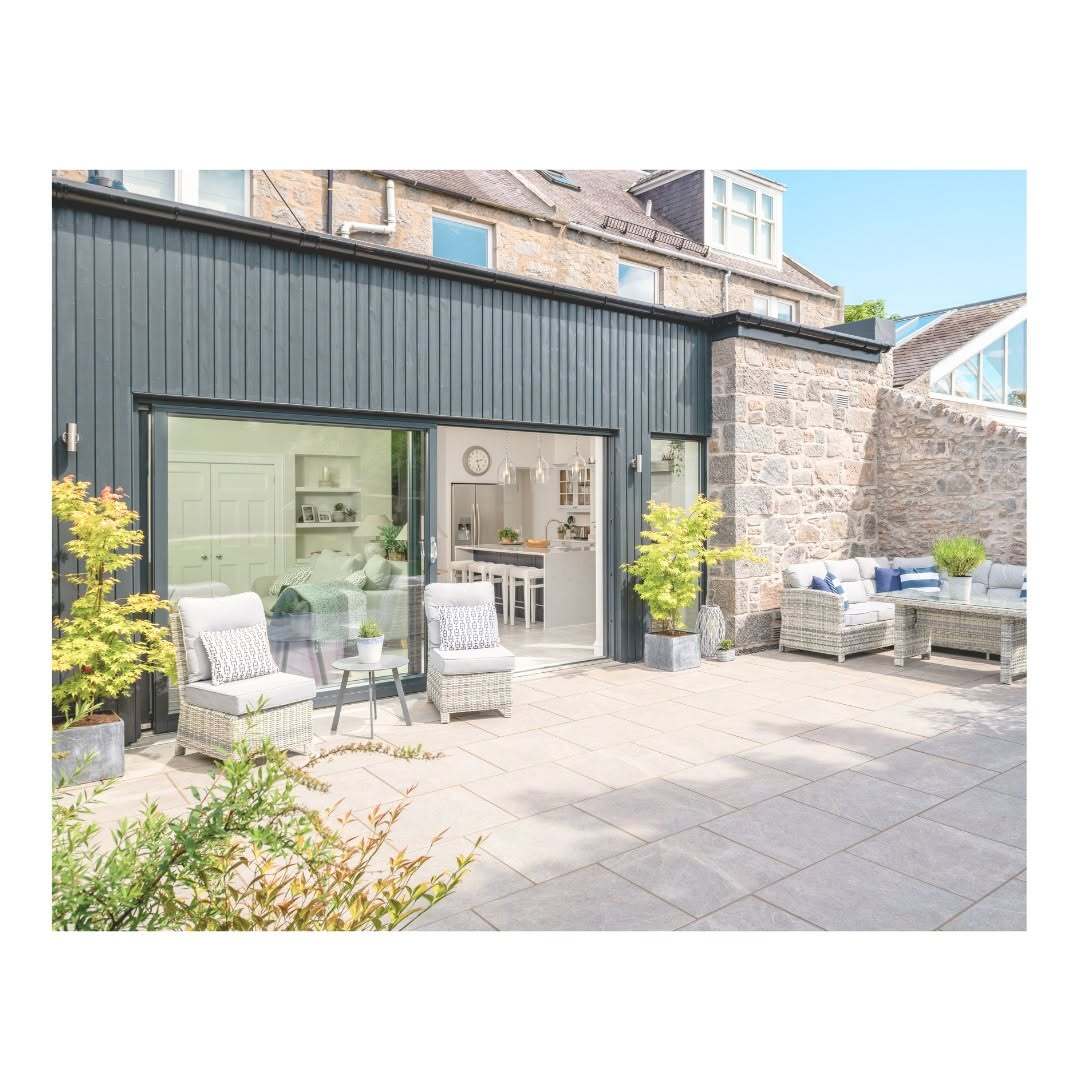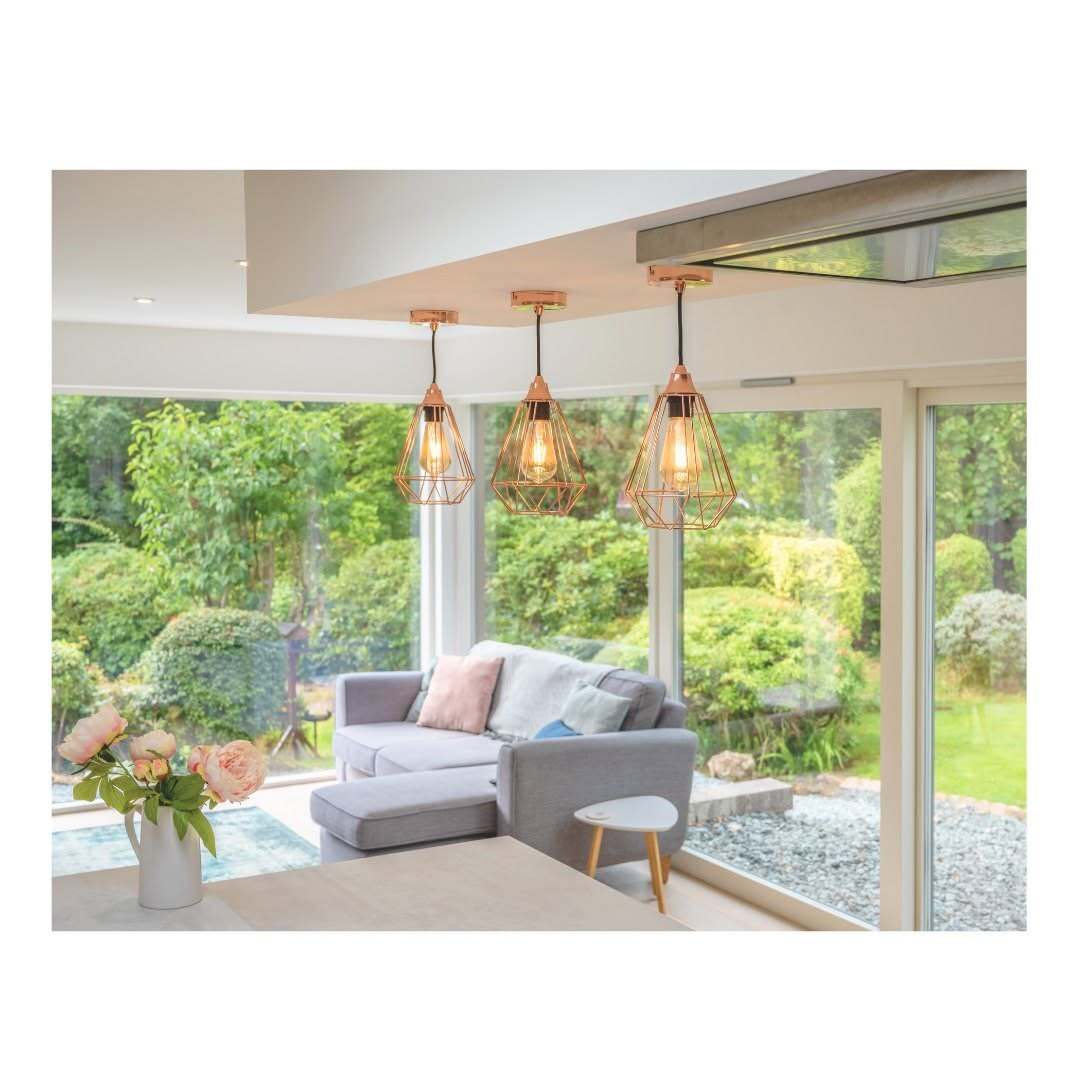Workplace Wellbeing & Interior Design — Quick Tips
Workplace wellness is becoming increasingly important to employers. Architecture and interior design has a psychological impact that can affect mood, concentration, mental health and wellbeing in the workplace — a quiet contributor to better working lives.
Designing an office that optimises workplace wellbeing can have a profound effect on the general wellbeing and mental health of a team, which can lead to greater productivity and staff retention, and a general quality of life increase, all round.
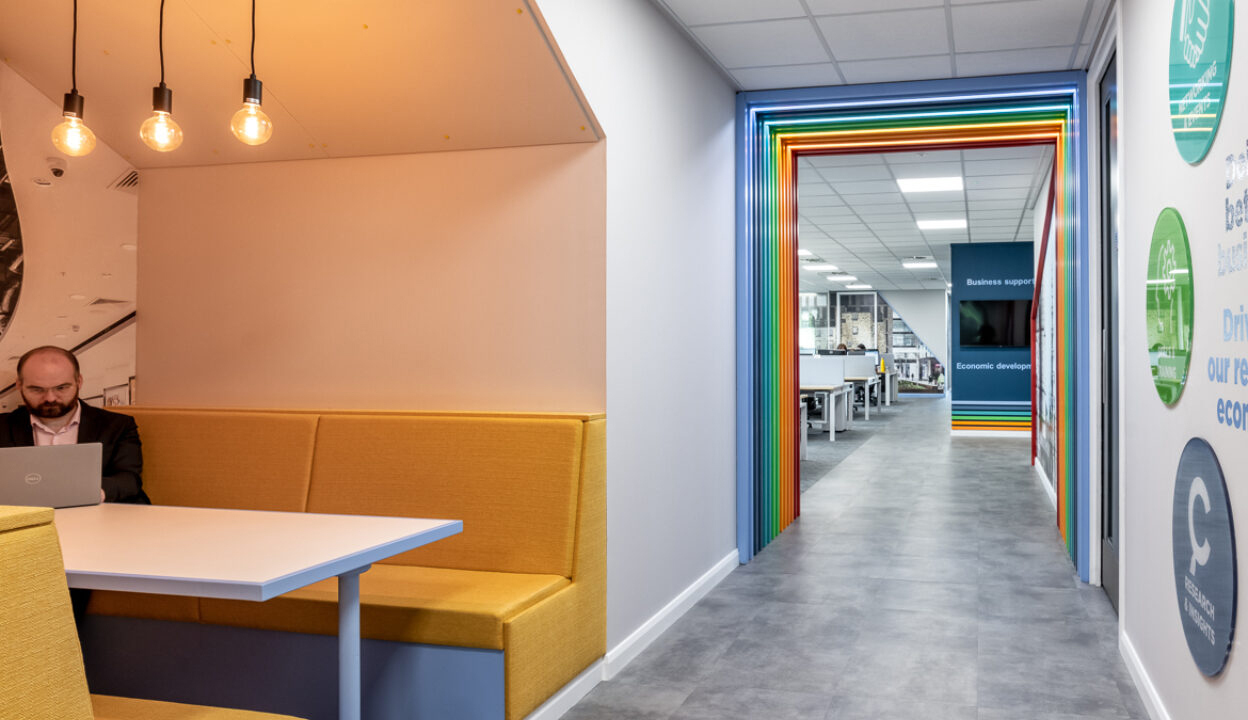
In our experience, people are more productive in the workplace when they are happy in themselves, their colleagues, and their working environment. There are a number of key factors to consider when designing your office space — here's a short digest of our top tips:
- • Space – Create space where people can work collaboratively, privately and other areas which encourage team members to take a break, grab some food and recharge throughout their days.
- • Colour – Light, fresh and clean is the way to go — but don’t be afraid to inject some personality and brand through the use of feature colours.
- • Lighting – The right lighting is so important. This includes having enough natural light through windows and ensuring you utilise artificial light of the right quality, focused in the right areas. For example, it can be very effective to use cooler lighting for work task areas and desks spaces and warmer, softer light for breakout and social spaces.
- • Desks & Chairs – Desks need be at the right height to suit seating, with optional standing desks and other considerations highly encouraged. Seating needs to be ergonomic — suitable for desk and computer working — to minimise the risk of back issues or discomfort. While tempting from a space-saving perspective, desks shouldn’t be too small — they need to allow people enough space for whatever they need to do their jobs.
- • Storage – Storage units should provided to keep a space tidy and clean. This has practical benefits and mental wellbeing benefits too — ‘tidy workspace, tidy mind!’
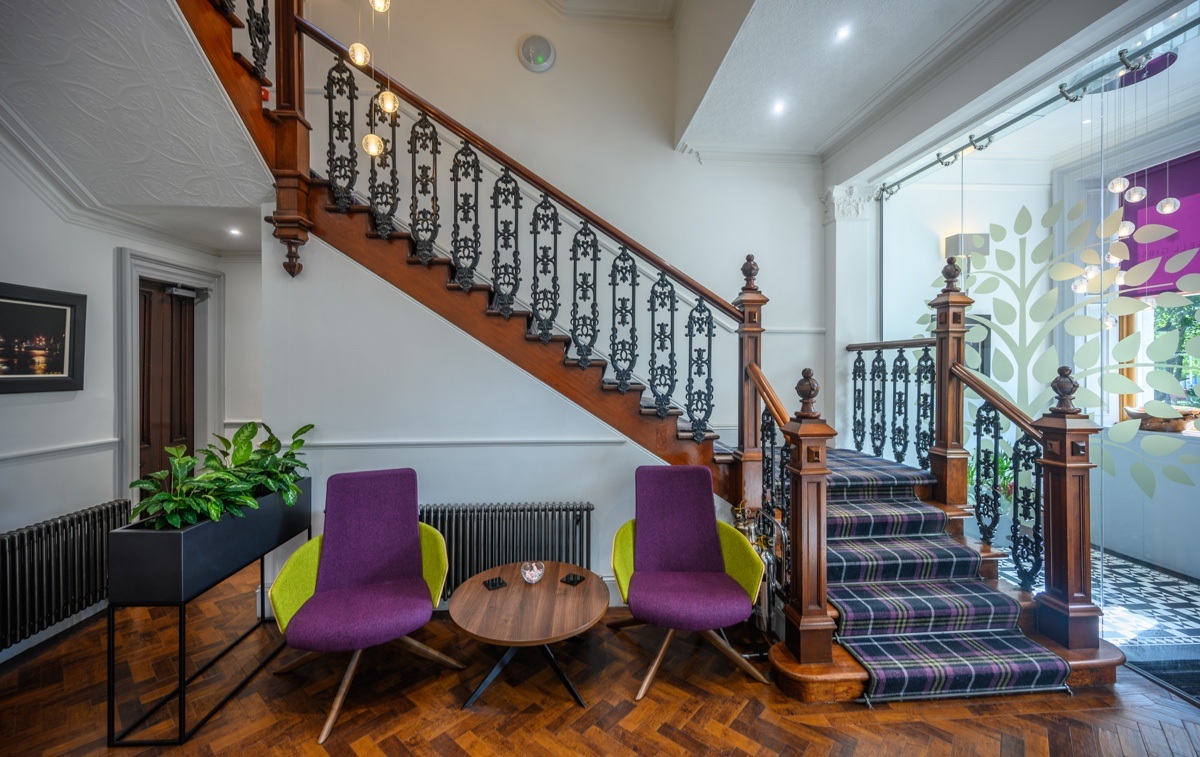
- • Plants and Greenery – Including these around a workplace adds to the passive environment. They look good, offer additional colour and decoration and also improve air quality for your teams.
- • Materiality – Materials such as timber positively impact on the environment while also absorbing noise and CO2, and the inherent connection with nature creates a more relaxing environment for all staff.
- • Noise – Sound and noise control is arguably one of the most important factors in a workplace, and can often be overlooked. Meeting rooms should consider softer materials and sound deadening panels to ensure the space is not too echoey. Where possible, there should always be private, quiet areas for focused work, separate from breakout and collaboration spaces. This offers much-needed variety and facilitates different preferences and personalities across the organisation
The above points help to ensure that people have the choice to access the spaces that best meet their needs, which leads to people doing their best work, in their best environments.
If you're curious to know more about how we can help you transform your workplace or design one from scratch, get in touch to start the discussion.
Follow us on Instagram, Facebook and LinkedIn for the latest project updates, Q&As, news and architecture inspiration.

